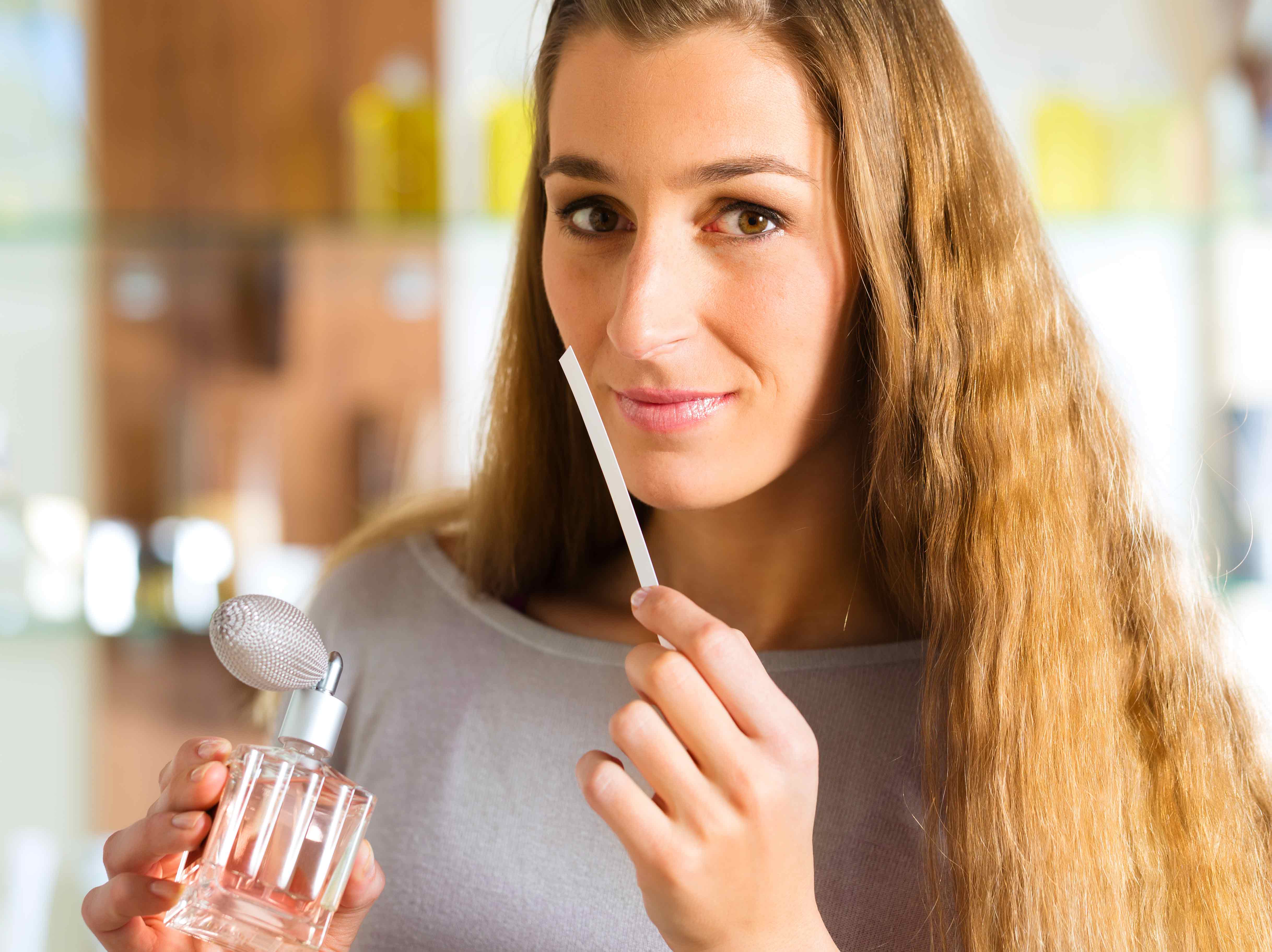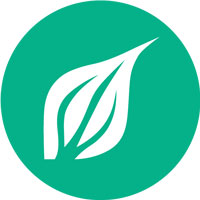Get Easy Health Digest™ in your inbox and don’t miss a thing when you subscribe today. Plus, get the free bonus report, Mother Nature’s Tips, Tricks and Remedies for Cholesterol, Blood Pressure & Blood Sugar as my way of saying welcome to the community!
Can you pass the smell test?

Suddenly and without warning you get an attack of sneezing, choking, coughing, wheezing …
These days, there doesn’t have to be anything medically wrong with you for this to happen.
All you have to do is get a whiff of “fragrance.”
FairWarning.org reports that fragrance is: “the cryptic ingredient added to thousands of products, from cleaning supplies to toiletries. The term encompasses thousands of combinations of chemicals that give consumer goods their pleasant odors. But specific chemicals in any given product rarely are disclosed to consumers.”
That lack of transparency is frightening, considering that “fragrance” can even cause some people to have an asthma attack.
Just what kinds of toxic materials are being used in the $40 billion fragrance industry? No one knows. And they don’t have to tell you. The industry polices itself, and that seems to be just fine with the alphabet soup agencies that are tasked with protecting us.
You see, it’s up to the FDA to prove that something is harmful before they can get it off shelves or out of products.
That’s difficult for even them to do when there’s a special trade secret exemption for chemicals that are included in flavors or fragrances.
A new joint study by the Royal College of Physicians and the Royal College of Paediatrics in the UK says chemical fragrances like those in scented candles and air fresheners contribute to killing as many as 40,000 people a year in that country. Some fragrances can be chemicals known as Volatile Organic Compounds (VOCs), which start off as solids or liquids but readily evaporate into the air.
A small organization that is trying to expose this little-known health risk is Women’s Voices, which discovered that the World Health Organization has seven fragrance chemicals listed as possible cancer-causing agents in humans. But more are likely posing a risk.
Fifteen chemicals are on the International Fragrance Association’s list of ingredients that have been barred from use in cosmetics industry in the European Union.
But the industry won’t say exactly what is in many of the concoctions you see on store shelves because they are worried their members’ proprietary mixtures will be ripped off by copycats and counterfeiters. So you are left to fend for yourself.
So what can you do?
Well, as usual, just because a product says it’s “fragrance-free” doesn’t mean it is. That term has no standard definition, just like the term “fragrance” itself.
The best test is your nose. If you avoid buying or using products with fragrance as best you can tell, in a very short time, you will be able to distinguish natural smells from chemical based smells.
The European Commission’s Scientific Committee on Consumer Safety’s maintains a list of fragrance chemicals (scroll to page 9) to help you determine whether they appear in the product you want to buy.












